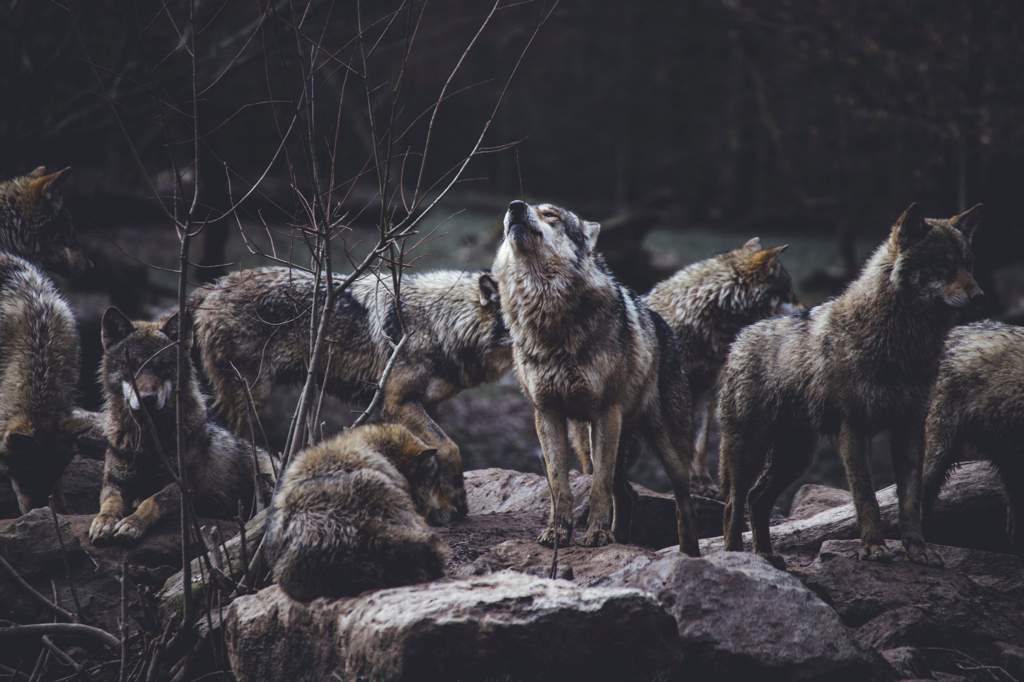

The damage to Japan’s forests by deer totaled $53 million. Today Japan has a deer problem with 197684.305 acres in damages, of which 77 percent is caused by deer according to a 2016 report by Japan’s Forestry Agency. Takemikazuchi became one of the deities enshrined at Nara’s Kasuga shrine, thus the deer inhabiting the surrounding forest were deemed messengers of the gods and decreed sacred. It is said he first appeared on the top of a mountain riding on a white deer. In Nara, the legend goes that a god of thunder, Takemikazuchi, traveled from Ibaraki prefecture to Nara sometime in the 700s. Deer take over the city streets in Nara Japan. Ôkami is the Japanese name for the creature commonly called the Japanese Wolf (Canus lupus hodophylax), which became extinct in 1905. She is pictured here with her husband, Hiroshi Asakura. “ She explained that, without the presence of natural predators like wolves, two-thirds of Japan’s 30 national parks are showing signs of deer-induced injury.” Narumi Nambu was the Who Speaks for Wolf Award winner in 2018. Her work earned her the “Who Speaks for Wolf” award at the International Wolf Symposium in Minnesota, where she recently spoke.” Nambu volunteers for the Japan Wolf Association.

“An apex predator is essential for sustainability of an ecosystem, and in Japan it was a wolf,” she writes in an email. Narumi Nambu is working to reintroduce the wolf to Japan. Now 5,900 sika deer roam the forests and valleys of the Shiretoko Peninsula. The last Japanese wolf fell prey to hunters in 1905. Ôkami (Canus lupus hodophylax) once roamed the boreal forests of Japan.


 0 kommentar(er)
0 kommentar(er)
